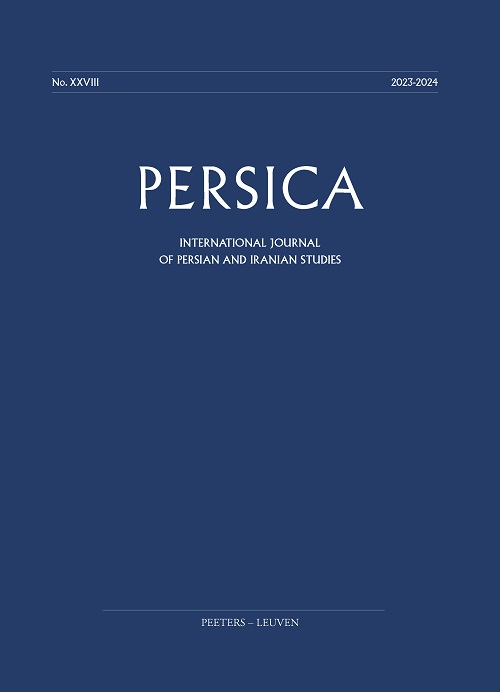 previous article in this issue previous article in this issue | next article in this issue  |

Preview first page |
Document Details : Title: The Spinning of the Mill Lightens My Soul Author(s): SEYED-GOHRAB, Asghar Journal: Persica Volume: 17 Date: 2001 Pages: 107-126 DOI: 10.2143/PERS.17.0.503 Abstract : Within a more than four centuries old relationship between Dutch and Persian culture, there are a wide range of subjects luring the researcher to launch an investigation. One may, for instance, choose to examine the Persian names of flowers in Dutch, or to linger on Rembrandt’s interest in the Persian miniature painting, or to study the 17th century translation of Sa‘di’s (d. 1292) Bust?n in Dutch and so on and so forth. As a native Persian living in the country of tulips, clogs and mills, I have chosen to study the mill in Persian literature. In recent years I have been more and more fascinated by the mills in the foggy, flat and green Dutch landscape, while being constantly reminded of the widespread literary metaphors, popular beliefs, riddles, proverbs and folksongs based on this ancient invention of mankind in Persian literature. It should be, however, stated at the outset that although I deal briefly with the relationship between ancient Persian windmills and their Western counterparts, this essay does not pretend to peruse the link between these windmills; the study is an attempt to demonstrate how the mill, whether a windmill, watermill or handmill, is presented in Persian literary sources as well as in popular expressions. Moreover, a study of the mill at literary level is conductive; especially since in molinological literature, Persian literary sources are usually neglected. |
|


